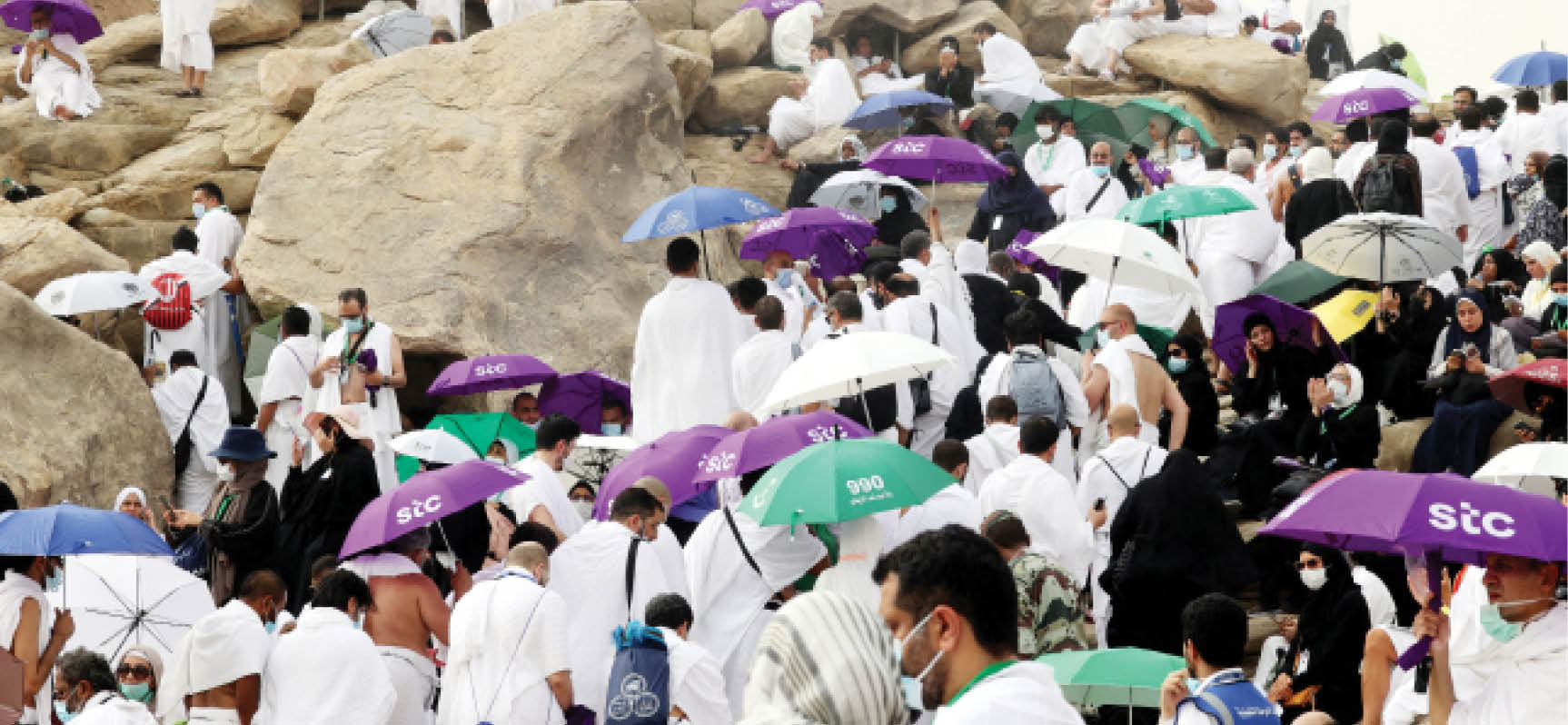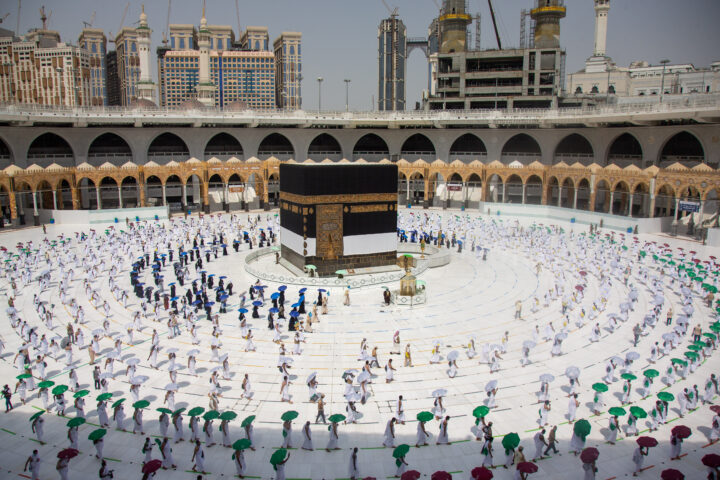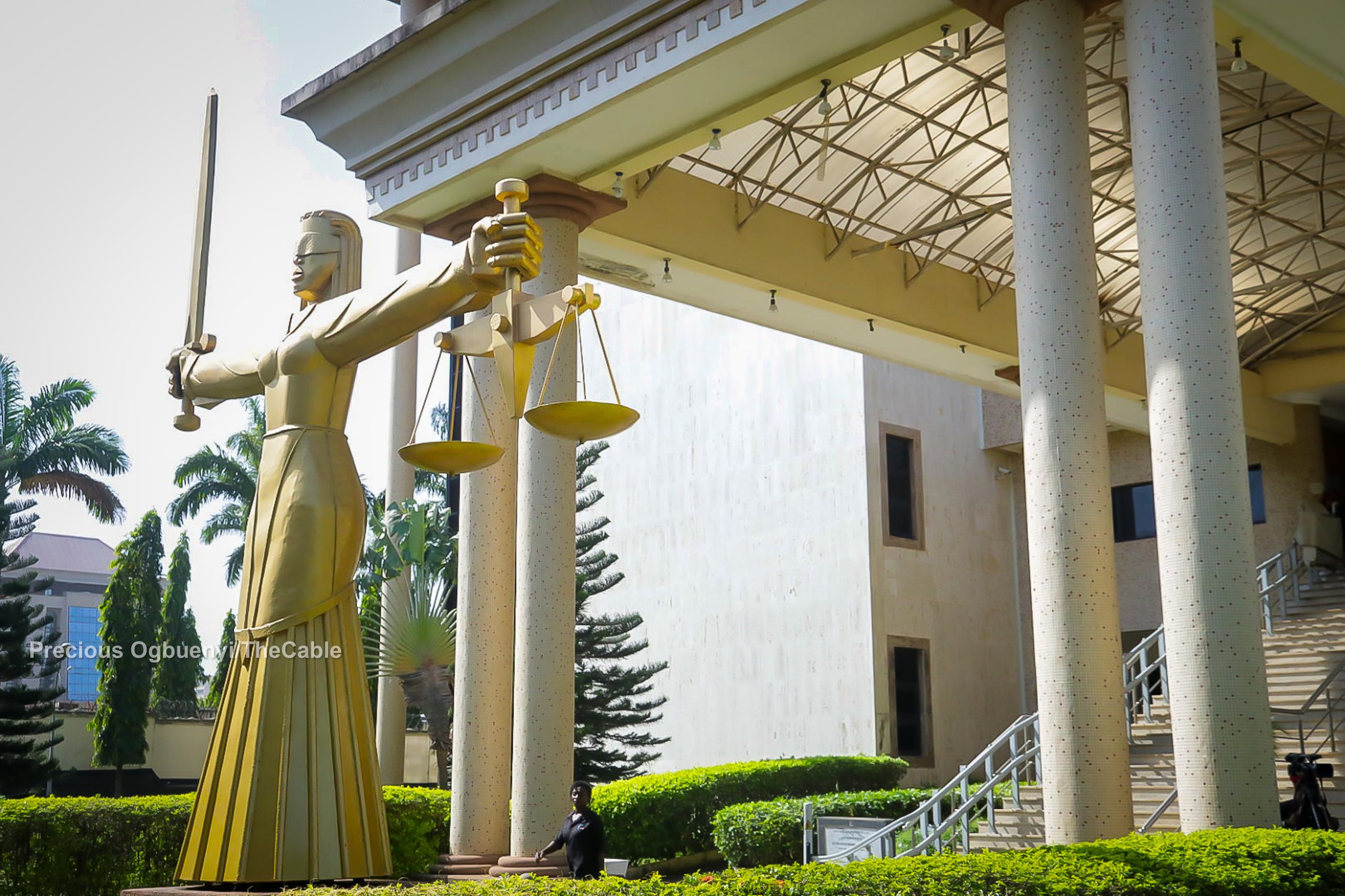Speaking at a military parade in Makkah, Mohammad bin Abdullah Al-Bassami, director of public security and chair of the hajj security committee, said every unit had been mobilised to support the security plan, adding that the forces are on high alert and ready to act promptly.
“All resources have been deployed to ensure the safety and comfort of pilgrims during the Hajj season,” he said.
“Our security personnel are at the highest level of preparedness to respond to any situation that may compromise the sanctity of the pilgrimage.
“We are committed to ensuring that pilgrims perform their rituals in ease and comfort.
“More than 40,000 security personnel are being deployed this year across key pilgrimage sites including Makkah, Mina, Arafat, and Muzdalifah.
“The security blueprint also includes enhanced surveillance, emergency response protocols, and traffic management measures to accommodate the movement of over a million pilgrims.”
The annual military parade is regarded as the country’s largest pre-hajj display of force and a symbol of the state’s commitment to pilgrim welfare.
Abdulaziz bin Saud, minister of interior and chair of the supreme hajj committee, led the inspection of the forces during the parade.
The minister asked pilgrims to comply with official guidelines to avoid facing penalties, including deportation.
Also present were other senior officials and members of the royal family, who witnessed a series of coordinated drills and security displays.
Security operatives, dressed in full gear and visibly energised by the enormity of their responsibility, marched in formation and executed tactical maneuvers.
Participants took turns to showcase skills in firefighting, crowd control, cyber defense, and emergency response, highlighting the comprehensive nature of the preparation.
Live-fire simulations demonstrated how the forces plan to counter threats, while aerial displays and vehicles showcased their operational capabilities.
Medical personnel, rescue teams, and technical crews also joined the parade, showing readiness to respond to health emergencies or technical disruptions.













